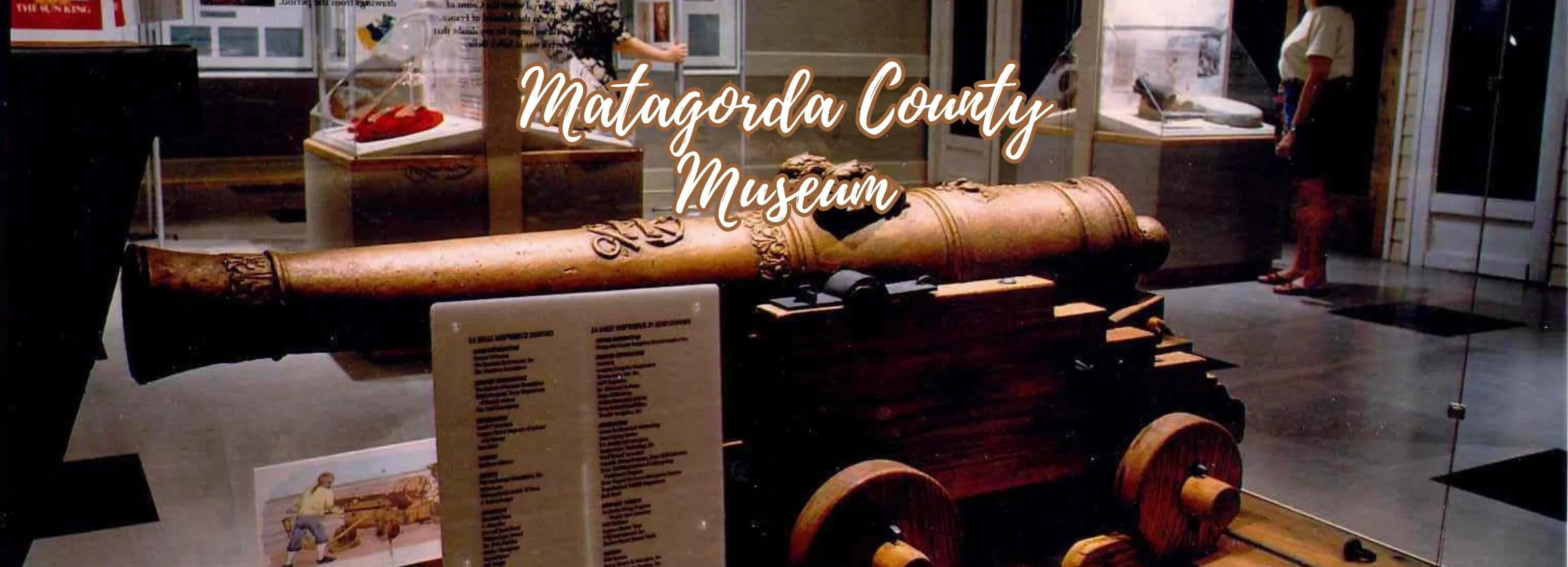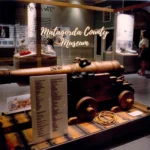Unveiling the Rich History of Bay City, Texas: A Journey Through Time
Bay City, Texas, located in the heart of Matagorda County, is a city steeped in a rich historical tapestry that mirrors the broader narrative of Texas itself. From its early days as a burgeoning settlement to its current status as a vibrant community, Bay City offers a fascinating glimpse into the past, with stories of resilience, community, and innovation. This comprehensive article explores the pivotal moments and key figures that have shaped Bay City over the years, providing a deep dive into its historical significance and evolution.
1. The Founding of Bay City
Establishing New Roots
Bay City was officially founded in 1894, though its history begins even earlier. The city was strategically planned as the county seat of Matagorda County, intended to serve as a commercial hub for the surrounding agricultural region. Its location was selected for its proximity to the Colorado River and its potential as a transportation and trade center, setting the stage for rapid growth in the early 20th century.
2. Early Economic Development
Growth Through Agriculture and Trade
The early economy of Bay City was primarily driven by agriculture, with cotton, rice, and cattle as the mainstays. The arrival of the railroad in 1903 marked a significant boost, enhancing the city’s role as a trade center and linking it to major markets in Houston and beyond. This development attracted a diverse group of settlers and sparked a period of rapid expansion and prosperity.
3. The 20th Century Boom
Industrial and Demographic Expansion
Throughout the early to mid-20th century, Bay City continued to flourish as industrial advancements complemented its agricultural roots. The discovery of oil in nearby fields brought a new wave of economic opportunities and led to increased population growth. The city adapted by expanding its infrastructure, including schools, roads, and medical facilities, to accommodate this growth.
4. Cultural Developments and Community Life
A Rich Tapestry of Cultural Heritage
As Bay City grew, so too did its cultural offerings. The establishment of libraries, theaters, and museums, along with the creation of community organizations and clubs, enriched the social and cultural life of its residents. These developments helped forge a strong sense of community identity and pride that continues to this day.
5. The Great Depression and World War II
Resilience in the Face of Adversity
Like many American towns, Bay City faced significant challenges during the Great Depression and World War II. However, its strategic location and diverse economy helped it weather these storms. The community rallied together to support war efforts and economic recovery, showcasing the resilience and solidarity that characterize Bay City.
6. The Post-War Era and Modernization
Embracing Change and Innovation
In the decades following World War II, Bay City embraced modernization while maintaining its cultural heritage. The city modernized its infrastructure, expanded educational institutions, and continued to support a growing economy. These efforts paved the way for continued prosperity and growth into the late 20th century.
7. Historical Landmarks and Preservation
Protecting Bay City’s Heritage
Bay City is home to several historical landmarks, including the Matagorda County Courthouse and the Le Tulle House. Efforts by local historical societies and preservation groups have helped maintain these sites, allowing residents and visitors alike to explore Bay City’s rich history and architectural heritage.
8. Contemporary Bay City
A Blend of Tradition and Modernity
Today, Bay City stands as a testament to its historical legacy while looking forward to the future. It continues to grow, fueled by a mix of traditional industries and new enterprises, from technology startups to healthcare innovations. The city remains a vibrant community with an active cultural scene, strong educational systems, and a committed populace.
9. Celebrating History and Community
Annual Events and Festivals
Bay City celebrates its history and community with annual events like the Matagorda County Fair, which pays homage to the agricultural roots of the region, and the Festival of Lights, a holiday tradition that brings together families and friends in a festive celebration.
10. The Future of Bay City
Looking Forward with Optimism
As Bay City moves forward, it continues to draw on the strength of its historical roots while embracing the challenges of the future. Plans for further economic development, coupled with ongoing efforts to enhance quality of life for all residents, ensure that Bay City will remain a dynamic and thriving community.
Conclusion
Bay City’s history is a compelling story of growth, resilience, and community. From its early days as a fledgling settlement to its current status as a bustling modern city, Bay City has continuously evolved while maintaining a deep respect for its past. This historical insight not only enriches the community’s understanding of their city but also provides a solid foundation for future generations. As Bay City continues to grow and develop, it does so with a clear eye on preserving its rich heritage, ensuring that the history of Bay City will continue to be celebrated and cherished for many years to come.











